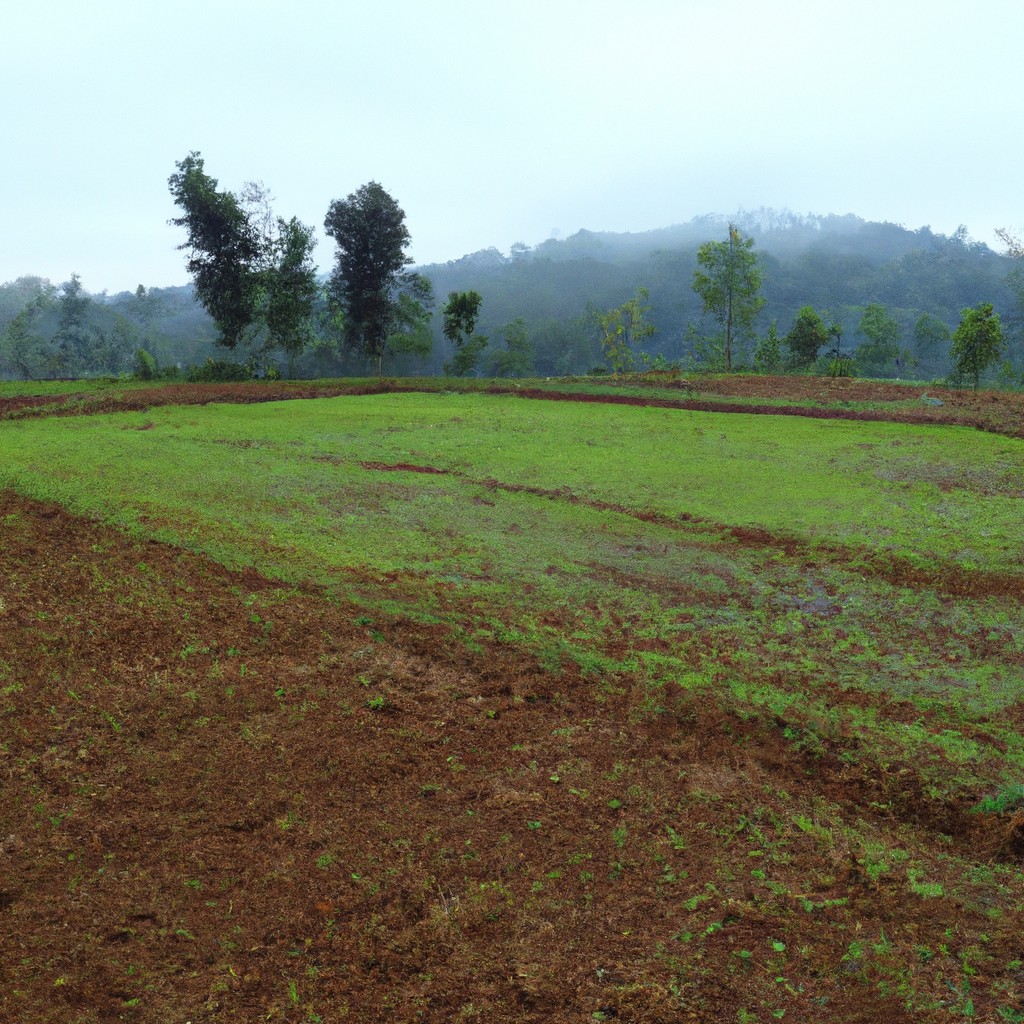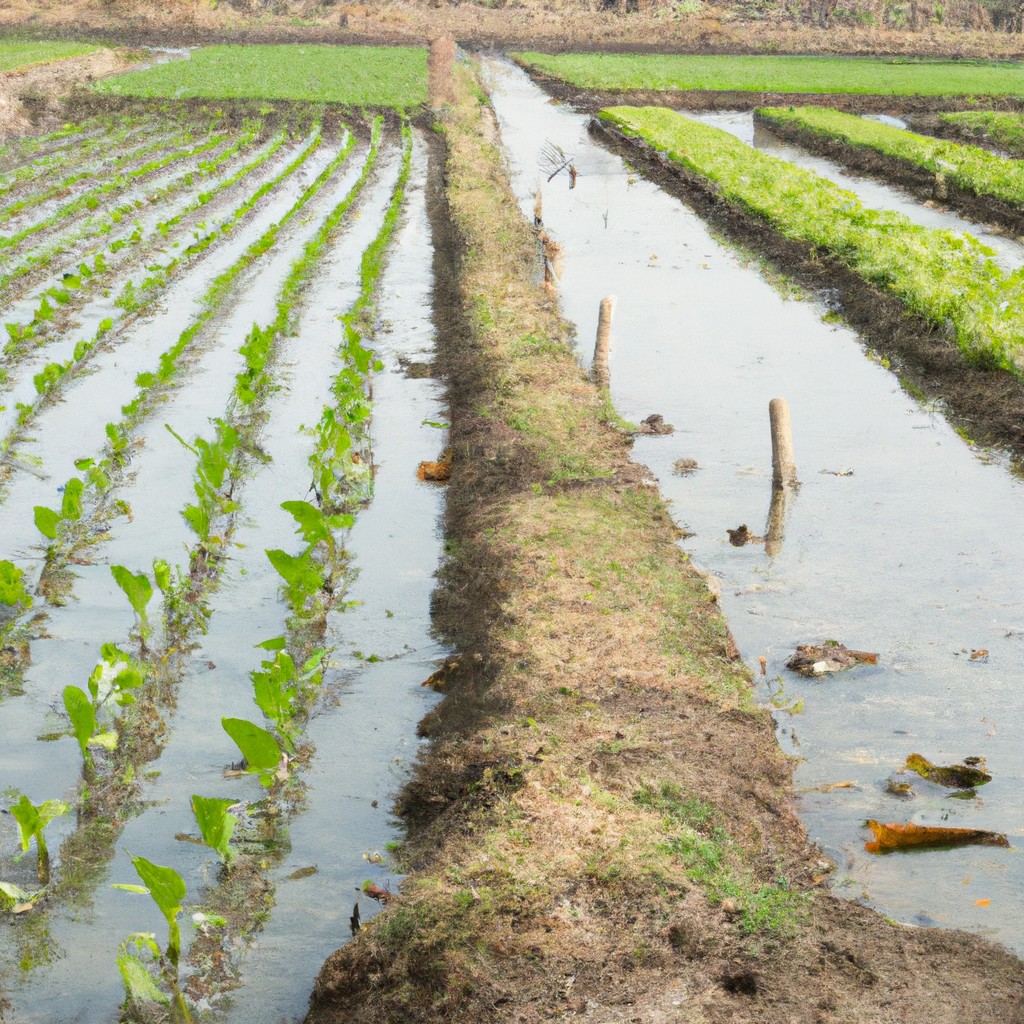This article explains subsistence agriculture and its significance in human geography.
Look Inside:
Definition of Subsistence Agriculture

Subsistence agriculture is a form of farming where the primary goal is self-sufficiency. Farmers grow food mainly to feed themselves and their families, with little to no surplus for sale in the market. This type of farming is prevalent in rural areas and developing countries where agricultural resources like modern equipment and synthetic inputs are limited.
- Key points include:
- The focus is on growing enough food to meet the immediate needs of the farmer’s household.
- Techniques are often traditional, passed down through generations.
- Crops cultivated are typically staple foods such as rice, maize, or wheat.
- Livestock may also be raised to provide additional nutrition and agricultural labor.
This agricultural approach is integral to the survival of many communities, sustaining millions of families by fulfilling basic food requirements.
Types of Subsistence Farming
Subsistence farming takes many forms, depending on the geographical features and climate of an area. Here’s a quick look at some common types:
– **Shifting Cultivation:** This method involves clearing a piece of land by slashing and burning the vegetation. Farmers plant crops until the soil’s fertility declines and then move to a new area, starting the process again. It’s common in tropical forests.
– **Pastoral Nomadism:** Nomadic communities raise livestock on natural pastures, moving with their animals according to the seasons in search of fresh grazing grounds. This type is typical in arid regions where farming crops is nearly impossible.
– **Intensive Subsistence Farming:** In densely populated areas, farmers maximize small plots by intensively cultivating staple crops like rice and wheat. Labor is more intense and the use of fertilizers and irrigation is higher to achieve sufficient yields.
– **Rudimentary Sedentary Tillage:** This approach is found where population pressures are lower. It involves small-scale farmers focusing on local crop production to feed their families without much surplus for trade.
Each type is shaped by its environment, proving that farmers adapt ingeniously to their surroundings.
Role in Local Economies
Subsistence agriculture substantially influences local economies through direct and indirect avenues. Primarily, it provides basic sustenance for rural communities, reducing the need for purchased food and contributing to food security. This self-sufficiency allows families to allocate scarce resources to other necessities, such as education and healthcare.
Moreover, these farming practices often utilize local seeds and traditional techniques adapted to the regional environment, enhancing biodiversity and preserving indigenous agricultural knowledge. This embedded local wisdom, passed down through generations, stands as a reservoir for sustainable farming practices that can inspire broader agricultural strategies.
In several areas, subsistence agriculture forms the foundation of local markets. Farmers frequently sell excess produce locally, promoting community solidarity and keeping economic benefits within the community. This dynamic stimulates local commerce, from the sale of surplus goods to the provision of services like milling grains.
However, the economic contribution of subsistence farming extends beyond immediate community boundaries. By maintaining crop diversity and managing ecosystems sustainably, these farmers perform environmental stewardship roles that have far-reaching benefits for global ecological health and stability, crucial in an age dominated by environmental concerns.
Challenges Faced By Subsistence Farmers
Subsistence farmers navigate a delicate balance between surviving on limited resources and the unpredictability of nature. Often, they lack access to modern agricultural technologies, which puts them at a disadvantage compared to commercial farmers. This technological gap means lower crop yields and a higher vulnerability to agricultural pests and diseases.
Market access is another significant hurdle. With poor infrastructure, such as roads and transportation, reaching broader markets to sell their produce or buy necessary supplies can be challenging. This isolation limits their income and growth opportunities.
Climate change further complicates their situation, introducing extreme weather patterns like droughts and floods. These events can devastate crops and livestock, leaving farmers without food or income. Subsistence farmers, therefore, need to be highly adaptive and resourceful, but external support and sustainable practices are crucial for their resilience.
Lastly, land ownership issues can pose a persistent problem. In many regions, subsistence farmers work on lands they don’t own, which can lead to disputes and uncertainty about future access. Secure land tenure is essential for their stability and willingness to invest in land improvements.
Future Trends and Predictions
As technology evolves, it’s set to make a significant impact on subsistence farming. Drones and remote sensing could provide crucial data to optimize crop yields even in small-scale operations. Moreover, there’s growing interest in sustainable practices, which may lead to increased adoption of organic farming methods, conserving biodiversity while maintaining soil fertility.
Another noteworthy trend is the influence of climate change, prompting shifts in crop choices and farming techniques to better suit altered weather patterns. This could mean more robust crop varieties becoming popular among subsistence farmers to withstand unpredictable conditions.
Additionally, the rise of community-supported agriculture (CSA) models could provide crucial support networks for subsistence farmers, fostering local food security and community resilience in face of economic pressures.
Finally, as educational initiatives improve, farmers are likely to gain better access to information and training on innovative farming methods, supporting a shift toward more productive and sustainable subsistence farming practices.




